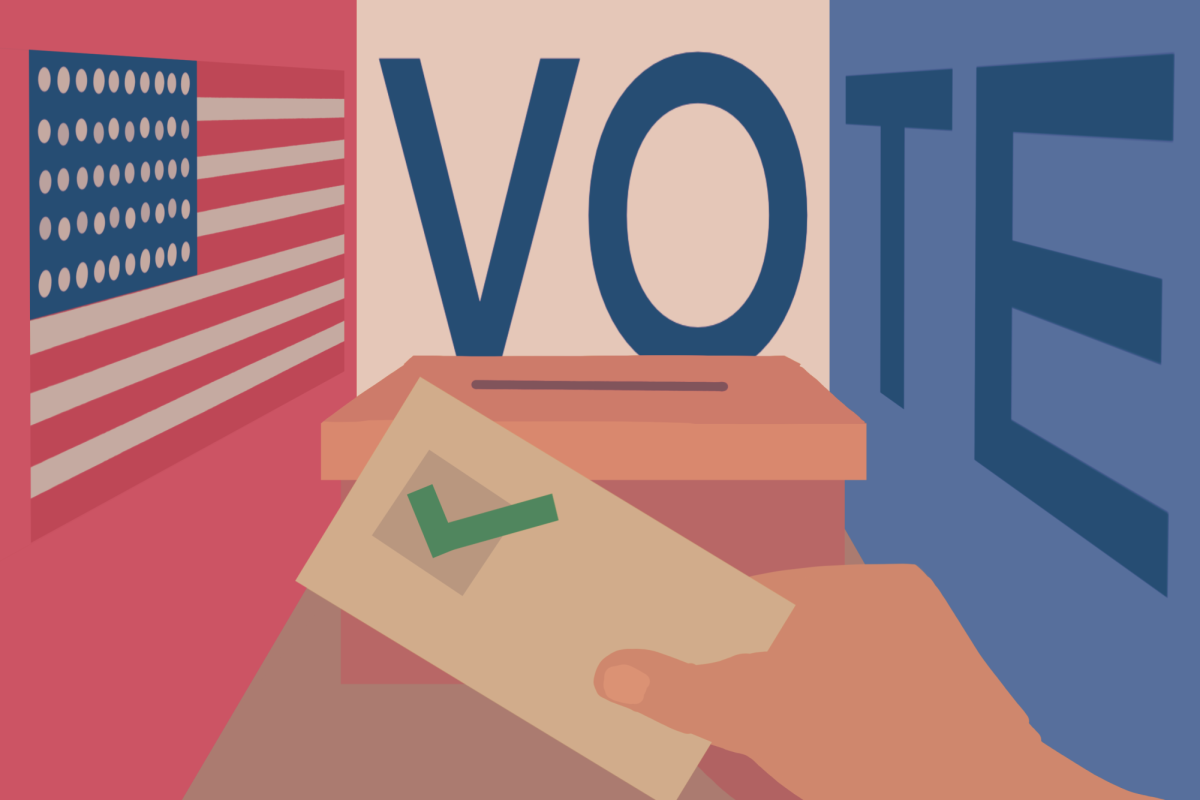In the United States, voting is meant to be the heart of our democracy, granting every citizen a voice in shaping our country. Yet, election after election, a large portion of eligible voters don’t show up. While voter turnout has seen some improvement in presidential election years since 2000, it still lags far behind other countries.
For many citizens, not casting a ballot is a choice. Some citizens in McDowell County, West Virginia, don’t vote because they feel that politicians neglect underserved counties or that “the system overrules what people want” according to NPR. The median household income in this county is about $25,000 a year, where more than half of registered voters decline to vote.
However, displeasure in the political system isn’t the only thing driving low voter turnout. Many voters who want to vote simply don’t have the means to vote. NPR reports that in 2016, 4% of registered voters did not vote due to “registration problems.” Every year, people are kept from the voting polls because they lack the knowledge or time necessary to learn how to register or research candidates. These factors decrease voting among young and low-income groups who often choose not to vote already. Two primary problems these demographics face are because of a lack of education about candidates and confusion of how to vote.
Low voter turnout has negative implications for the health of our democracy. When less of a population votes, the candidate elected is more likely to not represent the wants and needs of “the people;” thus, democracy becomes less of an equal opportunity and more of a battle between the few who do vote. In America, those few who vote tend to be rich, white, and elderly, underrepresenting a large portion of the population. For instance, NPR states that low-income citizens disproportionately don’t vote, but are more likely “to support a redistribution of wealth, housing bailouts and expanded social safety net programs.” So, low-voter turnout means that these policies are thrown under the bus, despite being widely popular.
While some believe that one vote seems insignificant in a country of over 300 million people, mobilizing underrepresented groups is only possible one vote at a time. Throughout American history, one vote has mattered. As The Marietta Report writes, about 1 in 500 elections in America “is decided by less than 1 vote in 1,000;” for instance, Mike Kelley (PA) and Peter Durant (MA) both won seats in the House by one vote. Even presidential elections can be decided from extremely thin margins, such as the 2000 election between George W. Bush and Al Gore.
While voter apathy is a major hurdle, there are also structural changes that can make a big difference in voter turnout. One idea is to declare Election Day a national holiday or to move it to the weekend. This would allow people more time to head to the polls without worrying about work or other conflicts. Another approach is automatic voter registration or allowing same-day registration. This would greatly streamline the voting process and eliminate some of the confusion that often keeps people away. Restrictive voter ID laws, which disproportionately impact low-income and elderly voters, could be revised or removed to make voting easier and more accessible. These changes might sound ambitious, but they offer practical ways to break down the barriers that keep many Americans from voting. If we can make it easier for everyone to cast their ballots, our elections could finally become more representative of the whole country, not just a small, privileged slice of it.






































































